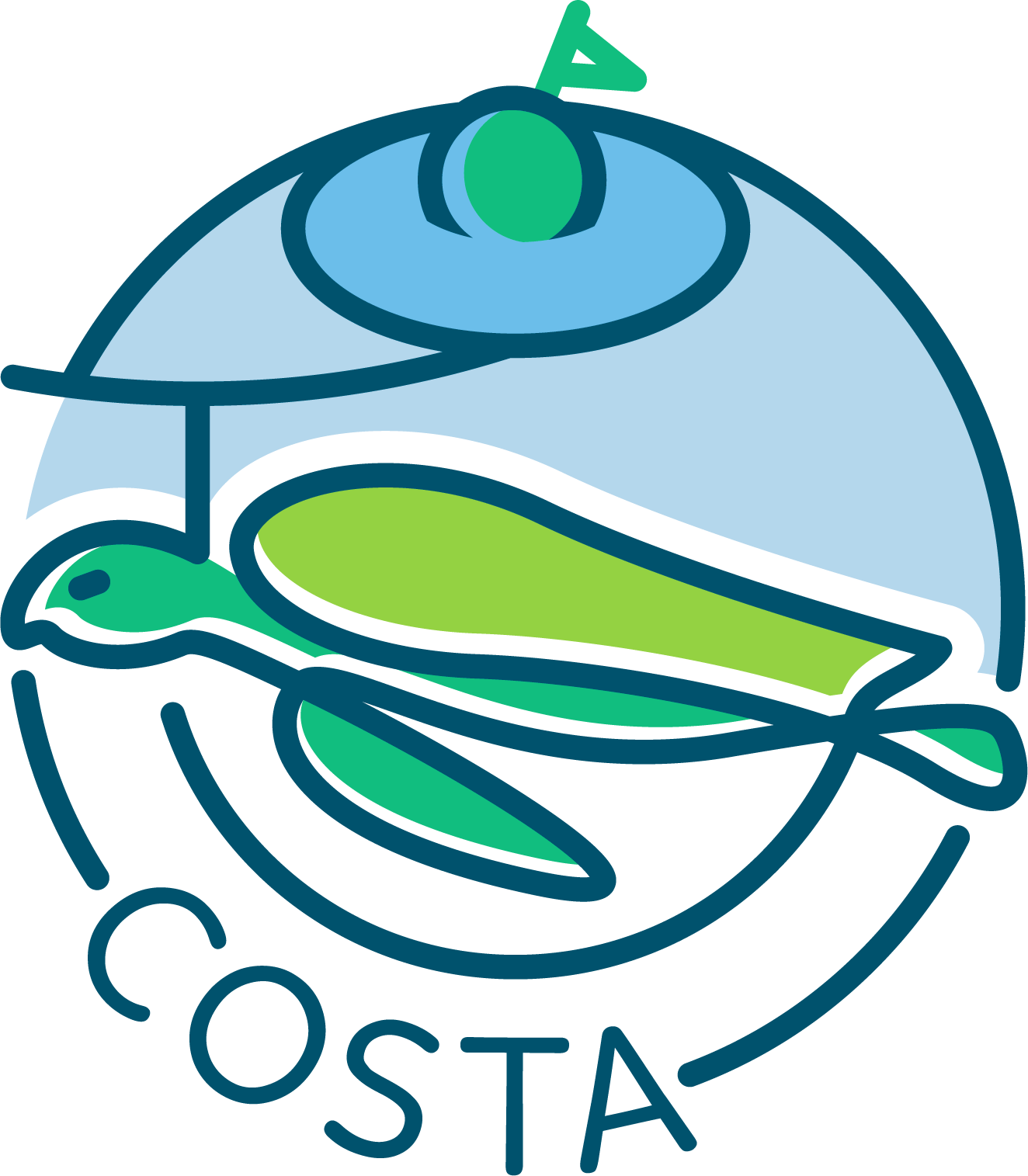The first record of sea turtles in the Azores was made by the Dutch sea captain Van Linschoten, who wrote in his sailing directions in 1595: “…when you pass from 36° to 39 1/3 degrees you will come to see the island of Flores with many turtles floating in the water”. In the late 19th century, Prince Albert I of Monaco was the first scientist interested in these magnificent animals while exploring the Azores. It was much later that the Dutch scientist Leo Brongersma and the American Archie Carr wondered about the origin of the turtles that occurred in the Azores, after verifying that there were no nesting beaches in this Archipelago. The idea raised by these scientists was that the sea turtles found in the Azores would be transported by the North Atlantic gyre. In the 1970s, Brongersma pointed out the need to make a tagging program for sea turtles in order to discover the provenance of these organisms. The first taggings in the region were made in the late 1970’s by the naturalist Dalberto Pombo, a native of the island of Santa Maria. In 1982, the researcher Helen Martins of the Department of Oceanography and Fisheries (DOP) of the University of the Azores started to tag sea turtles with the help of department colleagues and fishermen. In the following years, the number of sea turtles tagged in the region increased from a few dozens to hundreds.

In 1984, the tagging records were shared with the Department of Biology of the University of Florida, where Archie Carr worked. Carapace length measurements taken in the Azores complemented the “missing” size classes recorded on the US coasts. It was then that the theory raised by Archie Carr called the “lost year” was unveiled. On the nesting beaches of Florida (USA) only 5 cm recently hatched turtles, young adults with 50-55 cm of carapace length and larger adults can be seen. The whereabouts of intermediate-sized turtles (i.e. oceanic juveniles) during this period was regarded as a mystery and was called the “lost year”. Archie Carr published his theory that the turtles from the Azores must be part of the population that reproduces in the southeastern United States shortly before his death in 1987. The State of Florida created a center dedicated to him, the Archie Carr Center for Sea Turtle Research (ACCSTR) where two of his students, Karen Bjorndal and Alan Bolten continued his legacy.


The techniques developed and in the early 1990s blood samples were taken for genetic studies in cooperation with the ACCSTR. The pattern of North Atlantic sea turtles movement was confirmed by comparing the mitochondrial DNA sequences of populations nesting in the Western Atlantic (Brazil and North America) and the Mediterranean. The result showed that practically all the turtles found in the Azores originate in the southeastern US. Satellite transmitters attached to the carapace of the turtles were also used to investigate turtle movements. In the early 2000s, experiments were carried out with a longline fishing vessel to evaluate the influence of the type of hook and other gear characteristics on the accidental catch of sea turtles, one of the major threats to these animals in the region, in addition to marine litter and pollutants. In the following years, many scientific articles were published on specific areas of sea turtles ecology and biology from the collaboration of the University of Florida and the University of the Azores.

The COSTA project began in 2015 with the main objective of consolidating the research and conservation of sea turtles in the Azores and in the North Atlantic.
